这篇文章是关于WS2812B LED灯带的,这是一个可寻址的RGB LED灯带。这篇文章中的信息也适用于其他类似的LED灯条,例如 WS28XX系列的灯条,Neopixel灯条等。
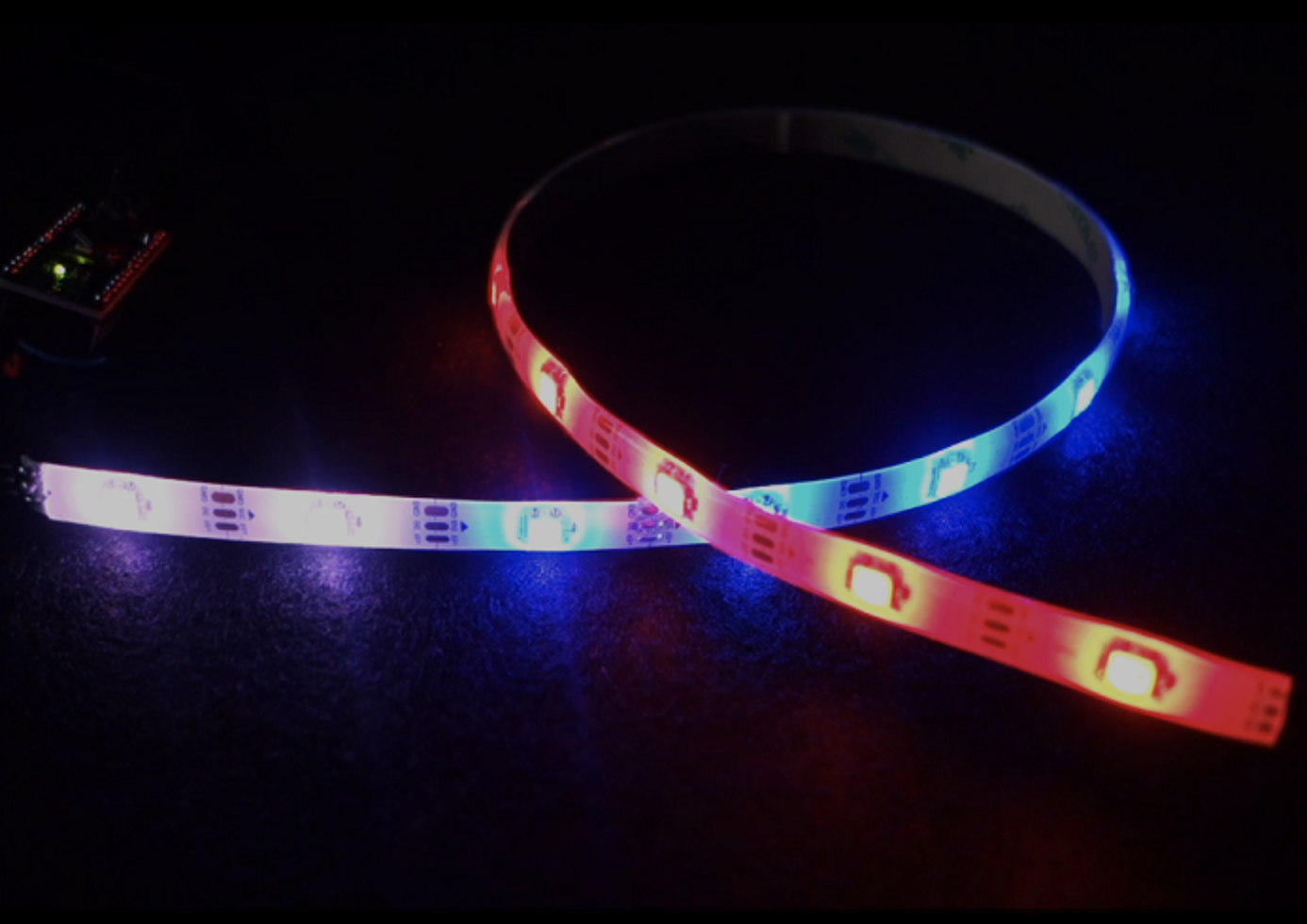
目录
WS2812B LED灯带介绍
WS2812B可寻址LED灯带有几种型号,尺寸,密封胶或LED密度不同。选择最适合您目的的一种。
在哪里买?
可以在某宝上买,调最便宜的买就行,型号不要买错了,WS2812B。
在下图中,您可以看到我的WS2812B LED灯条。它长5米,LED封装在硅树脂中。因此,它们可以不受雨淋和灰尘的影响而留在外面。
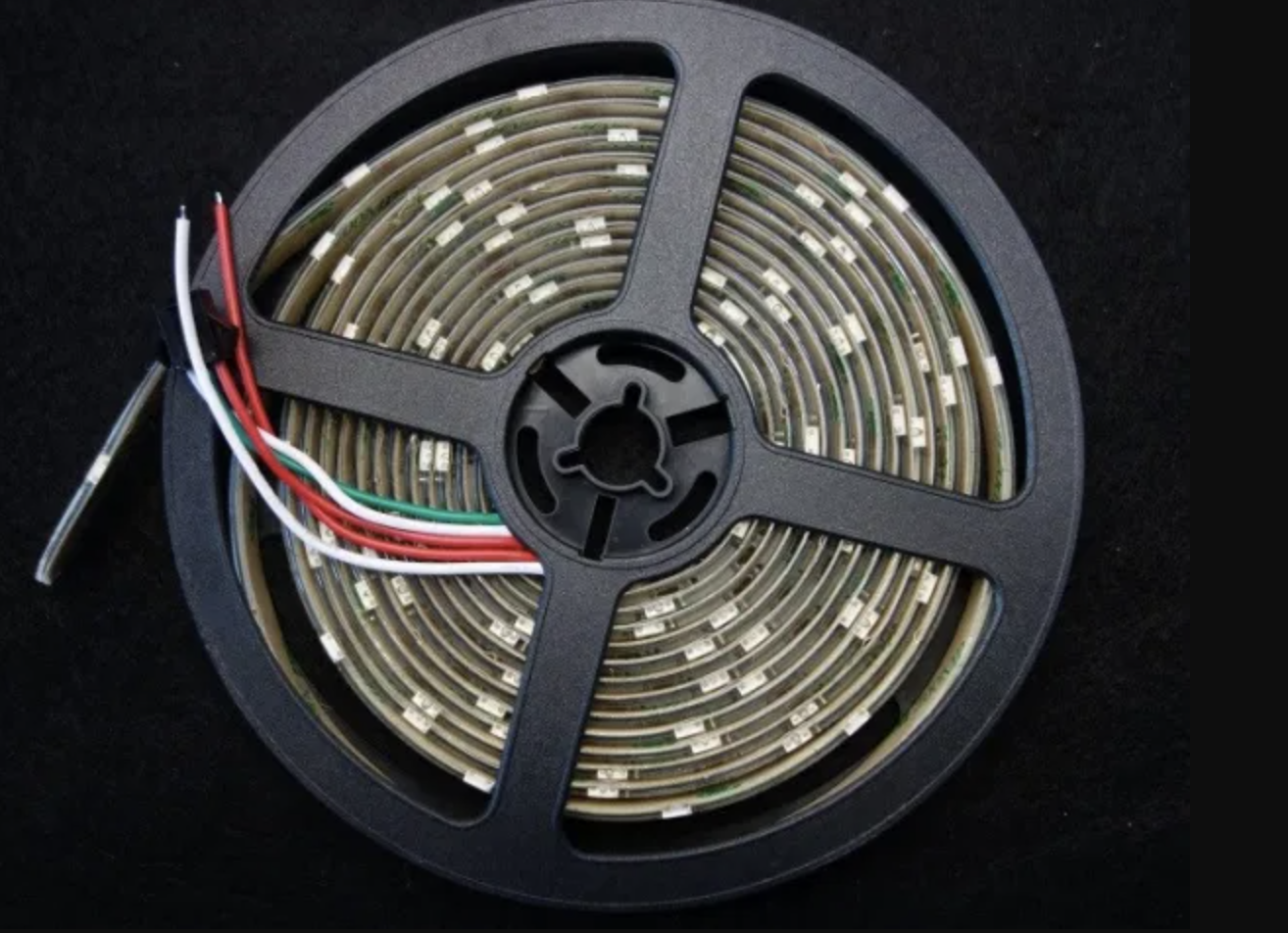
在我看来,这是最酷的LED灯条类型。您可以控制亮度和颜色的每个LED的独立。
该LED灯条由串联连接的WS2812B LED制成。这些LED的LED内建有一个IC。这允许通过单线接口进行通信。这意味着您仅需使用Arduino的一个数字引脚即可控制许多LED。
在下图中,您可以看到LED内的芯片。LED是RGB LED,工作原理是这样的:
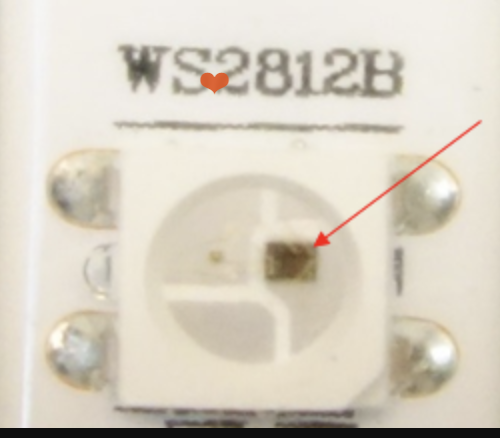
这种非常灵活,可以切成您想要的任何长度。如您所见,该条带分为多个段,每个段包含一个RGB LED:

您可以通过在合适的地方用剪刀剪裁条来调整其大小(标出了剪裁条的正确位置):
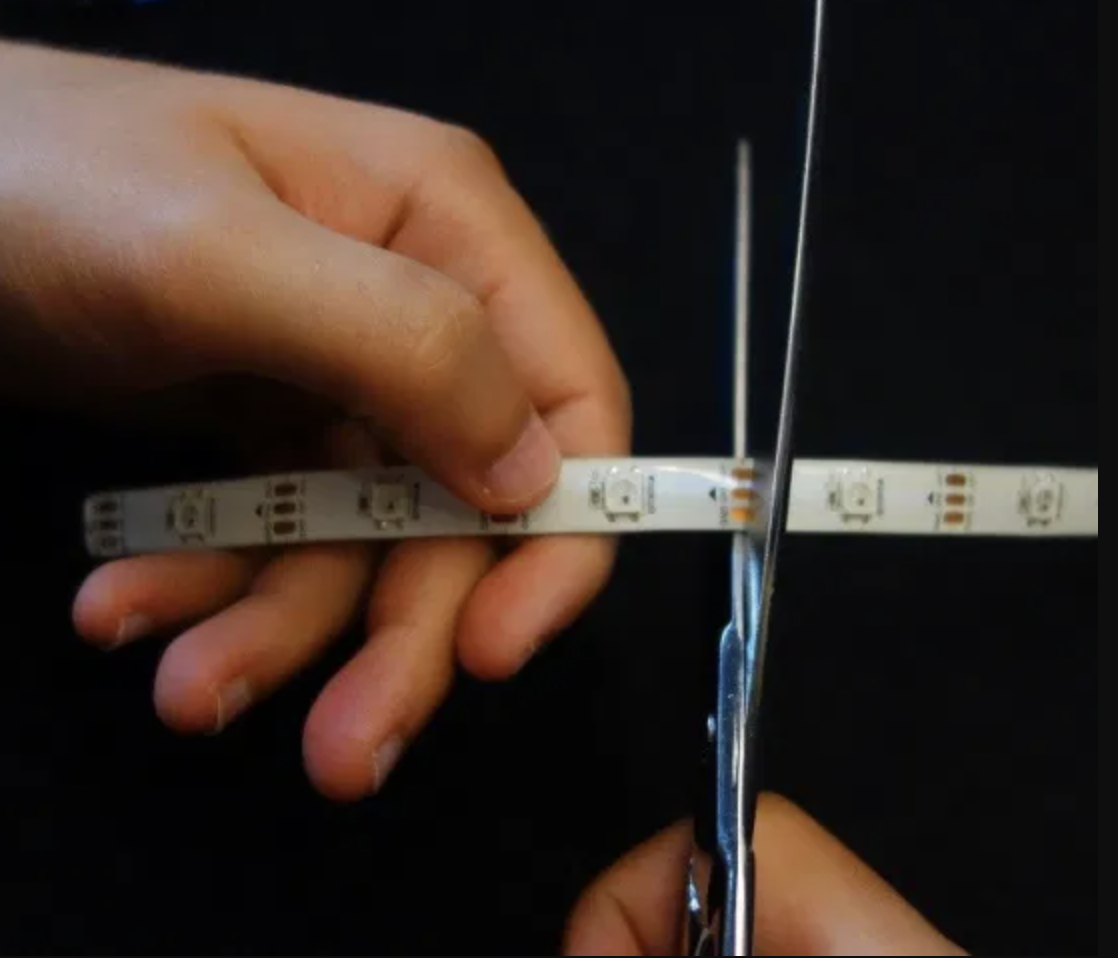
这些灯带的两端均带有连接器。我决定剪掉连接器和焊头引脚。如果您要将灯带连接到Arduino或面包板,则更加方便:
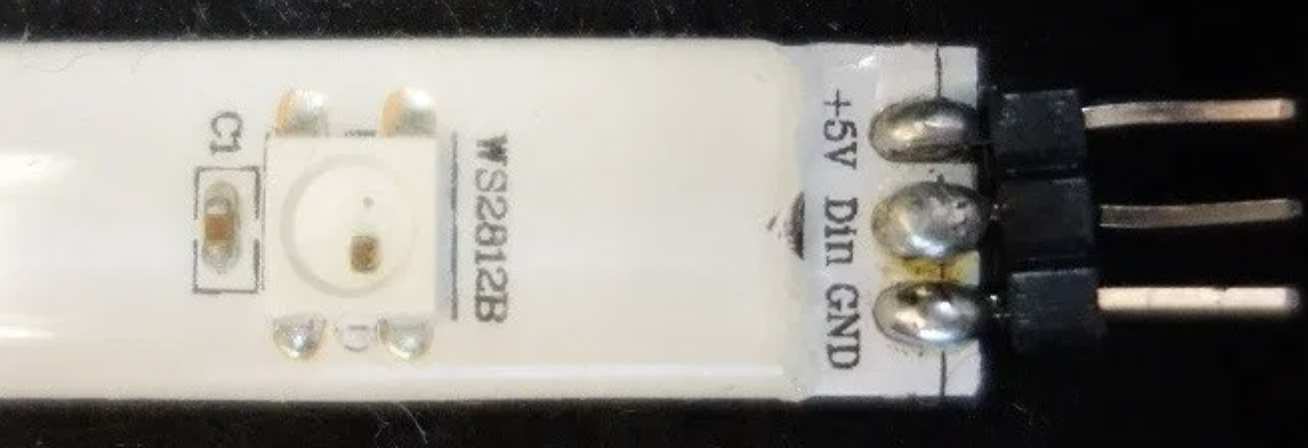
给WS2812B LED灯条供电
LED灯条应使用5V电源供电。设置为全亮度时,在5V电压下,每个LED消耗约50mA电流。这意味着每30个LED灯带可能会消耗1.5 A电流。请确保选择的电源符合灯带的需求。提供5V和2A的AC到DC电源适配器应该可以完成以下工作:
- 5V 2A电源适配器
如果您使用外部电源,请不要忘记将电源接地线连接到Arduino接地线。
原理图
在此示例中,将使用5V Arduino引脚为WS2812B LED灯条供电。就我而言,我正在控制14个LED。如果要控制许多LED,则需要使用外部电源。
有用的提示:
- 从电源到地连接一个电容,其电容在100uF和1000uF之间,以起到稳压的作用。
- 在Arduino数字输出引脚和条形数据输入引脚之间添加一个220或470欧姆的电阻,以减少该线上的噪声。
- 使您的arduino,电源和插排之间的电线尽可能短,以最大程度地减少电压损失。
- 如果条带损坏并且无法正常工作,请检查第一个LED是否损坏。如果是这样,则将其切下,然后重新焊接排针,它应该可以再次工作。
代码
要控制WS2812B LED灯条,您需要下载FastLED库。
安装FastLED库
- 在文章最后面下载这个库,下载文件夹中应该有一个.zip文件夹
- 解压缩.zip文件夹,您应该得到FastLED-master文件夹
- 重命名您的文件夹 为FastLED
- 将FastLED文件夹移至Arduino IDE安装库文件夹
- 最后,重新打开您的Arduino IDE
安装所需的库后,将以下代码上传到Arduino板(这是库examples文件夹中提供的示例草图)。转到“文件”>“示例”>“ FastLED”>“ ColorPalette”,或复制以下代码。
#include <FastLED.h>
#define LED_PIN 5
#define NUM_LEDS 14
#define BRIGHTNESS 64
#define LED_TYPE WS2811
#define COLOR_ORDER GRB
CRGB leds[NUM_LEDS];
#define UPDATES_PER_SECOND 100
// This example shows several ways to set up and use 'palettes' of colors
// with FastLED.
//
// These compact palettes provide an easy way to re-colorize your
// animation on the fly, quickly, easily, and with low overhead.
//
// USING palettes is MUCH simpler in practice than in theory, so first just
// run this sketch, and watch the pretty lights as you then read through
// the code. Although this sketch has eight (or more) different color schemes,
// the entire sketch compiles down to about 6.5K on AVR.
//
// FastLED provides a few pre-configured color palettes, and makes it
// extremely easy to make up your own color schemes with palettes.
//
// Some notes on the more abstract 'theory and practice' of
// FastLED compact palettes are at the bottom of this file.
CRGBPalette16 currentPalette;
TBlendType currentBlending;
extern CRGBPalette16 myRedWhiteBluePalette;
extern const TProgmemPalette16 myRedWhiteBluePalette_p PROGMEM;
void setup() {
delay( 3000 ); // power-up safety delay
FastLED.addLeds<LED_TYPE, LED_PIN, COLOR_ORDER>(leds, NUM_LEDS).setCorrection( TypicalLEDStrip );
FastLED.setBrightness( BRIGHTNESS );
currentPalette = RainbowColors_p;
currentBlending = LINEARBLEND;
}
void loop()
{
ChangePalettePeriodically();
static uint8_t startIndex = 0;
startIndex = startIndex + 1; /* motion speed */
FillLEDsFromPaletteColors( startIndex);
FastLED.show();
FastLED.delay(1000 / UPDATES_PER_SECOND);
}
void FillLEDsFromPaletteColors( uint8_t colorIndex)
{
uint8_t brightness = 255;
for( int i = 0; i < NUM_LEDS; i++) {
leds[i] = ColorFromPalette( currentPalette, colorIndex, brightness, currentBlending);
colorIndex += 3;
}
}
// There are several different palettes of colors demonstrated here.
//
// FastLED provides several 'preset' palettes: RainbowColors_p, RainbowStripeColors_p,
// OceanColors_p, CloudColors_p, LavaColors_p, ForestColors_p, and PartyColors_p.
//
// Additionally, you can manually define your own color palettes, or you can write
// code that creates color palettes on the fly. All are shown here.
void ChangePalettePeriodically()
{
uint8_t secondHand = (millis() / 1000) % 60;
static uint8_t lastSecond = 99;
if( lastSecond != secondHand) {
lastSecond = secondHand;
if( secondHand == 0) { currentPalette = RainbowColors_p; currentBlending = LINEARBLEND; }
if( secondHand == 10) { currentPalette = RainbowStripeColors_p; currentBlending = NOBLEND; }
if( secondHand == 15) { currentPalette = RainbowStripeColors_p; currentBlending = LINEARBLEND; }
if( secondHand == 20) { SetupPurpleAndGreenPalette(); currentBlending = LINEARBLEND; }
if( secondHand == 25) { SetupTotallyRandomPalette(); currentBlending = LINEARBLEND; }
if( secondHand == 30) { SetupBlackAndWhiteStripedPalette(); currentBlending = NOBLEND; }
if( secondHand == 35) { SetupBlackAndWhiteStripedPalette(); currentBlending = LINEARBLEND; }
if( secondHand == 40) { currentPalette = CloudColors_p; currentBlending = LINEARBLEND; }
if( secondHand == 45) { currentPalette = PartyColors_p; currentBlending = LINEARBLEND; }
if( secondHand == 50) { currentPalette = myRedWhiteBluePalette_p; currentBlending = NOBLEND; }
if( secondHand == 55) { currentPalette = myRedWhiteBluePalette_p; currentBlending = LINEARBLEND; }
}
}
// This function fills the palette with totally random colors.
void SetupTotallyRandomPalette()
{
for( int i = 0; i < 16; i++) {
currentPalette[i] = CHSV( random8(), 255, random8());
}
}
// This function sets up a palette of black and white stripes,
// using code. Since the palette is effectively an array of
// sixteen CRGB colors, the various fill_* functions can be used
// to set them up.
void SetupBlackAndWhiteStripedPalette()
{
// 'black out' all 16 palette entries...
fill_solid( currentPalette, 16, CRGB::Black);
// and set every fourth one to white.
currentPalette[0] = CRGB::White;
currentPalette[4] = CRGB::White;
currentPalette[8] = CRGB::White;
currentPalette[12] = CRGB::White;
}
// This function sets up a palette of purple and green stripes.
void SetupPurpleAndGreenPalette()
{
CRGB purple = CHSV( HUE_PURPLE, 255, 255);
CRGB green = CHSV( HUE_GREEN, 255, 255);
CRGB black = CRGB::Black;
currentPalette = CRGBPalette16(
green, green, black, black,
purple, purple, black, black,
green, green, black, black,
purple, purple, black, black );
}
// This example shows how to set up a static color palette
// which is stored in PROGMEM (flash), which is almost always more
// plentiful than RAM. A static PROGMEM palette like this
// takes up 64 bytes of flash.
const TProgmemPalette16 myRedWhiteBluePalette_p PROGMEM =
{
CRGB::Red,
CRGB::Gray, // 'white' is too bright compared to red and blue
CRGB::Blue,
CRGB::Black,
CRGB::Red,
CRGB::Gray,
CRGB::Blue,
CRGB::Black,
CRGB::Red,
CRGB::Red,
CRGB::Gray,
CRGB::Gray,
CRGB::Blue,
CRGB::Blue,
CRGB::Black,
CRGB::Black
};
// Additionl notes on FastLED compact palettes:
//
// Normally, in computer graphics, the palette (or "color lookup table")
// has 256 entries, each containing a specific 24-bit RGB color. You can then
// index into the color palette using a simple 8-bit (one byte) value.
// A 256-entry color palette takes up 768 bytes of RAM, which on Arduino
// is quite possibly "too many" bytes.
//
// FastLED does offer traditional 256-element palettes, for setups that
// can afford the 768-byte cost in RAM.
//
// However, FastLED also offers a compact alternative. FastLED offers
// palettes that store 16 distinct entries, but can be accessed AS IF
// they actually have 256 entries; this is accomplished by interpolating
// between the 16 explicit entries to create fifteen intermediate palette
// entries between each pair.
//
// So for example, if you set the first two explicit entries of a compact
// palette to Green (0,255,0) and Blue (0,0,255), and then retrieved
// the first sixteen entries from the virtual palette (of 256), you'd get
// Green, followed by a smooth gradient from green-to-blue, and then Blue.
您必须将NUM_LEDS变量更改为LED灯带中的LED数量。在我们的示例中,LED灯带长14个LED。
#define NUM_LEDS 14
如果要使用Arduino的另一个引脚来控制LED灯条,则需要更改LED_PIN变量:
#define LED_PIN 5
示范
最后,这就是您将要实现的,如此惊人的效果:
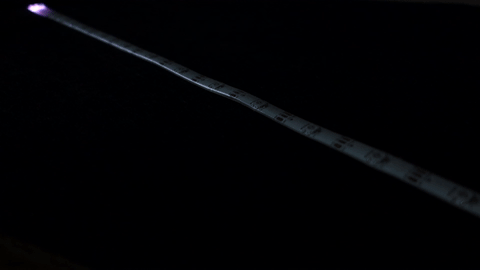
和这个:
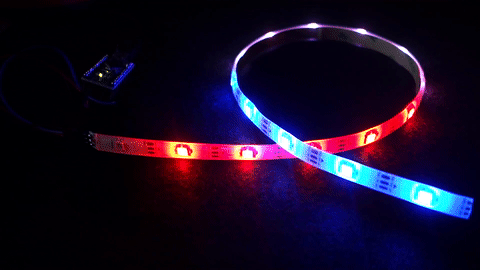
和这个:
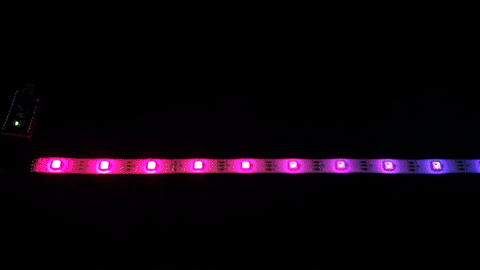
等等 (…)
使用LED灯带盒
这些LED灯带通常带有可移动的胶带,因此您可以将它们粘贴在任何需要的地方。问题在于它们的粘着性不太好,因此可能是第二天您会在地板上找到灯带。
解决方案:我发现这种带状盒子可以很好地散射光线,例如,如果您需要永久性解决方案,可以将其拧在架子上:
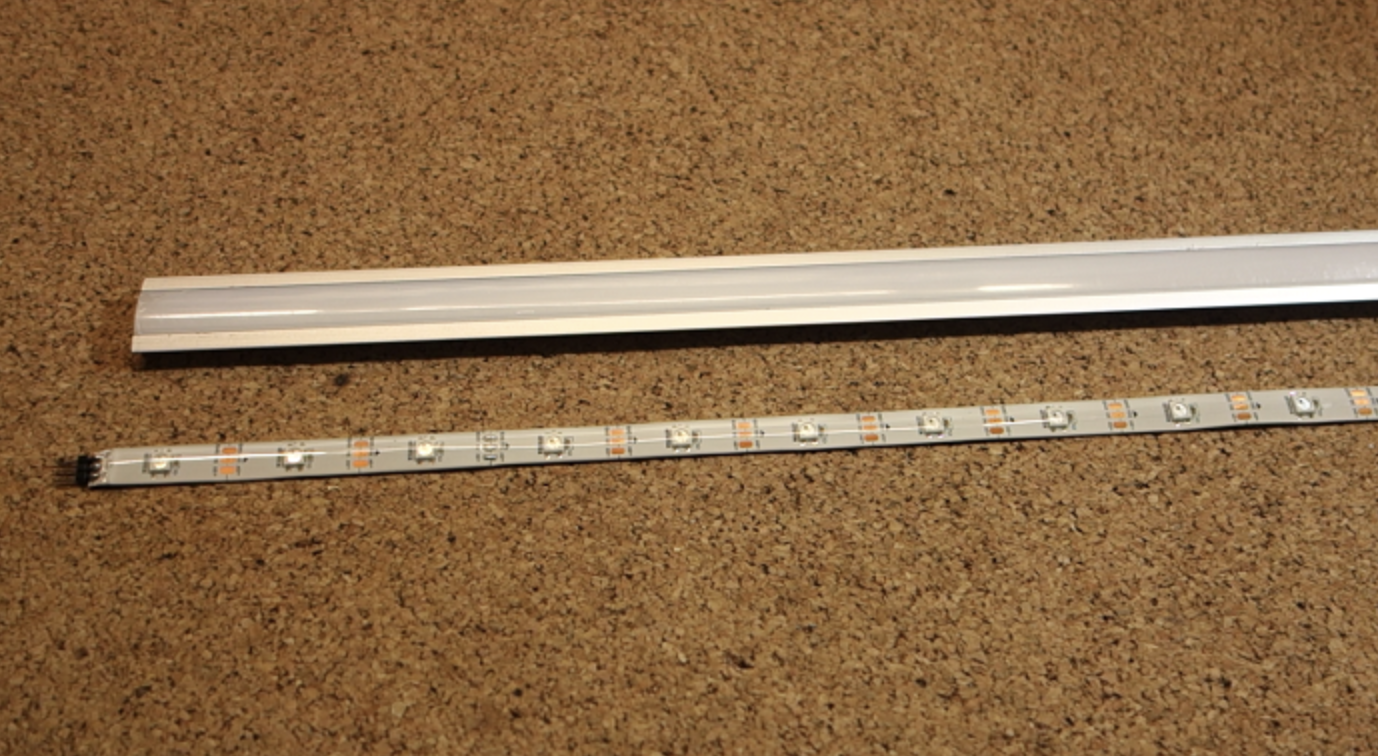
总结
这篇文章是Arduino的可寻址RGB LED灯条的介绍。我们刚刚尝试了库示例。您应该修改示例以仅显示所需的效果。我们希望本指南对您有所帮助。
FastLED库下载:
英文原文地址:文章原文

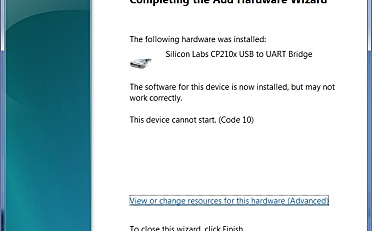


















非常感谢
very good